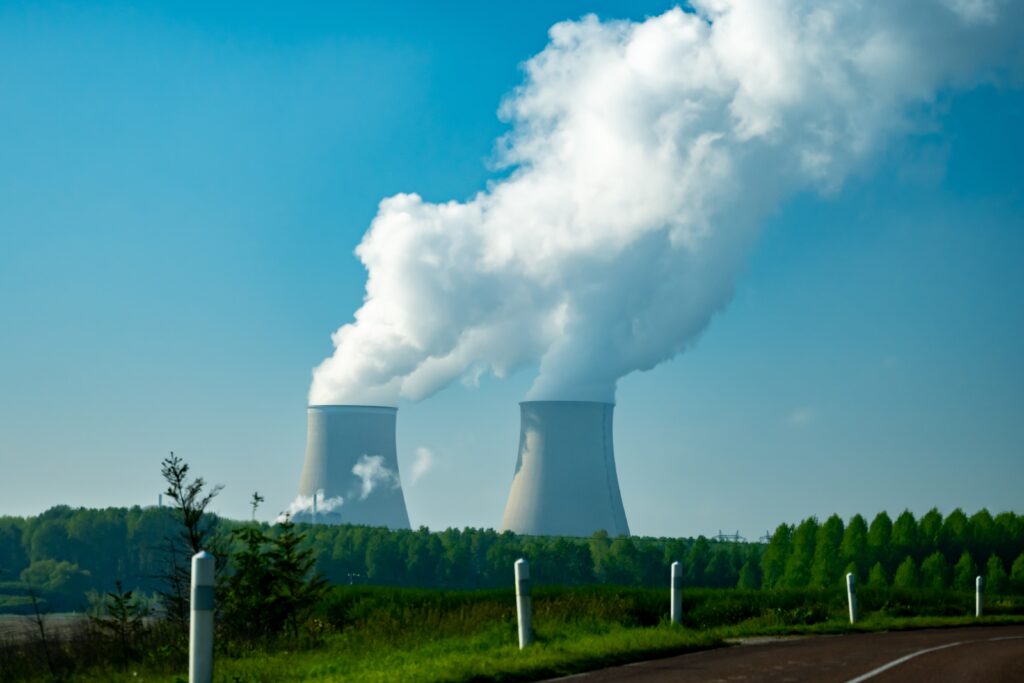New nuclear power plants are under construction worldwide, signaling a resurgence in the nuclear energy sector. Just ten years ago, the industry seemed to be in decline. Safety concerns, high costs, and radioactive waste management challenges dampened interest in a once-promising energy source.
Now, nuclear power is gaining renewed attention. Companies like Microsoft, Google, and Amazon are investing heavily in the sector. Developed nations face growing pressure to cut carbon emissions, fueling discussions about nuclear energy’s role in a sustainable future.
But is this revival truly happening?
Early Promise and Public Fear
In the 1950s and 1960s, governments embraced nuclear power’s potential. Reactors promised vast energy output, with one kilogram of uranium yielding 20,000 times more energy than coal. This technology seemed like the key to an abundant energy future.
However, public fears emerged alongside nuclear advancements. The 1986 Chernobyl disaster intensified global opposition, slowing the industry’s growth. In 2011, the Fukushima disaster reignited safety concerns. Japan shut down all its reactors, with only 12 restarting since. Germany decided to phase out nuclear power entirely.
Between 2011 and 2020, global nuclear power generation dropped by 48 GW, according to the International Atomic Energy Agency. Despite setbacks, development persisted in countries like China. In 2011, China had 13 reactors; today, it operates 55, with 23 more under construction to meet surging electricity demand.
Renewed Interest in Nuclear Energy
Developed nations are revisiting nuclear power as they seek low-carbon solutions for rising energy needs. Climate urgency is driving this shift, with 2024 projected to be the hottest year on record. Energy security concerns, heightened by Russia’s invasion of Ukraine, are also influencing decisions.
Countries like South Korea have reversed plans to phase out nuclear power, opting instead to expand reactor fleets. France, reliant on nuclear energy for 70% of its electricity, plans to build up to eight new reactors. At COP29 in Azerbaijan, the US pledged to triple nuclear power by 2050, aligning with 31 other nations, including the UK, Japan, and France.
Technological innovation is also advancing the sector. The US and UK announced collaborations to accelerate new nuclear technologies. At COP28, nuclear energy was spotlighted as a critical low-emission source for combating climate change.
Tech Giants and Emerging Technologies
Tech companies are driving demand for nuclear power, with AI applications and data centers requiring constant, reliable electricity. AI and data centers consume 3.5% of the US’s electricity, a figure expected to rise to 9% by 2030. In a landmark move, Microsoft signed a 20-year deal with Constellation Energy to buy power from Pennsylvania’s Three Mile Island plant.
Small Modular Reactors (SMRs) are another promising innovation. Google and others are investing in these smaller, cost-effective reactors. SMRs use standardized parts, enabling quicker construction and deployment. While over 80 SMR designs are in development, none have achieved commercial success yet.
Challenges and Criticism
Traditional nuclear projects face significant hurdles. The Hinkley Point C plant in the UK is five years behind schedule, with costs rising by £9 billion ($11.5 billion). In the US, Plant Vogtle’s newest reactors opened seven years late, costing over $35 billion—more than double the initial budget.
SMRs offer potential solutions but remain unproven. Proponents argue that nuclear power is essential for meeting climate goals. Rod Adams of Nucleation Capital calls nuclear energy one of the safest, most reliable energy sources. However, opponents, like Professor M.V. Ramana, argue that nuclear power is expensive and inefficient. They advocate for cheaper, low-carbon alternatives to achieve better emissions reductions.
The Waste Problem
Radioactive waste management remains an unresolved issue. Some waste stays hazardous for hundreds of thousands of years. Geological disposal, involving sealed tunnels deep underground, is the most popular solution. However, only Finland has completed such a facility. Critics warn that this method poses long-term risks.
The future of nuclear power depends on addressing these challenges. Effective waste management could determine whether the world embraces a new nuclear age or continues to rely on alternative energy sources.


